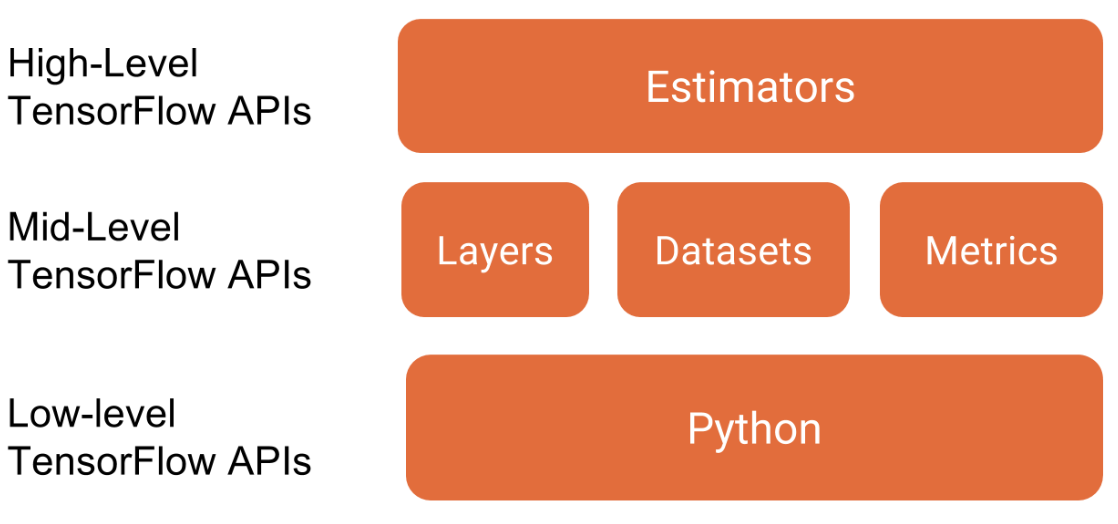Training models with the Estimators API
Introduction to TensorFlow in Python

Isaiah Hull
Visiting Associate Professor of Finance, BI Norwegian Business School
What is the Estimators API?
- High level submodule
- Less flexible
- Enforces best practices
- Faster deployment
- Many premade models

1 Image taken from https://www.tensorflow.org/guide/premade_estimators
Model specification and training
- Define feature columns
- Load and transform data
- Define an estimator
- Apply train operation
Defining feature columns
# Import tensorflow under its standard alias
import tensorflow as tf
# Define a numeric feature column
size = tf.feature_column.numeric_column("size")
# Define a categorical feature column
rooms = tf.feature_column.categorical_column_with_vocabulary_list("rooms",\
["1", "2", "3", "4", "5"])
Defining feature columns
# Create feature column list
features_list = [size, rooms]
# Define a matrix feature column
features_list = [tf.feature_column.numeric_column('image', shape=(784,))]
Loading and transforming data
# Define input data function
def input_fn():
# Define feature dictionary
features = {"size": [1340, 1690, 2720], "rooms": [1, 3, 4]}
# Define labels
labels = [221900, 538000, 180000]
return features, labels
Define and train a regression estimator
# Define a deep neural network regression
model0 = tf.estimator.DNNRegressor(feature_columns=feature_list,\
hidden_units=[10, 6, 6, 3])
# Train the regression model
model0.train(input_fn, steps=20)
Define and train a deep neural network
# Define a deep neural network classifier
model1 = tf.estimator.DNNClassifier(feature_columns=feature_list,\
hidden_units=[32, 16, 8], n_classes=4)
# Train the classifier
model1.train(input_fn, steps=20)
Let's practice!
Introduction to TensorFlow in Python

